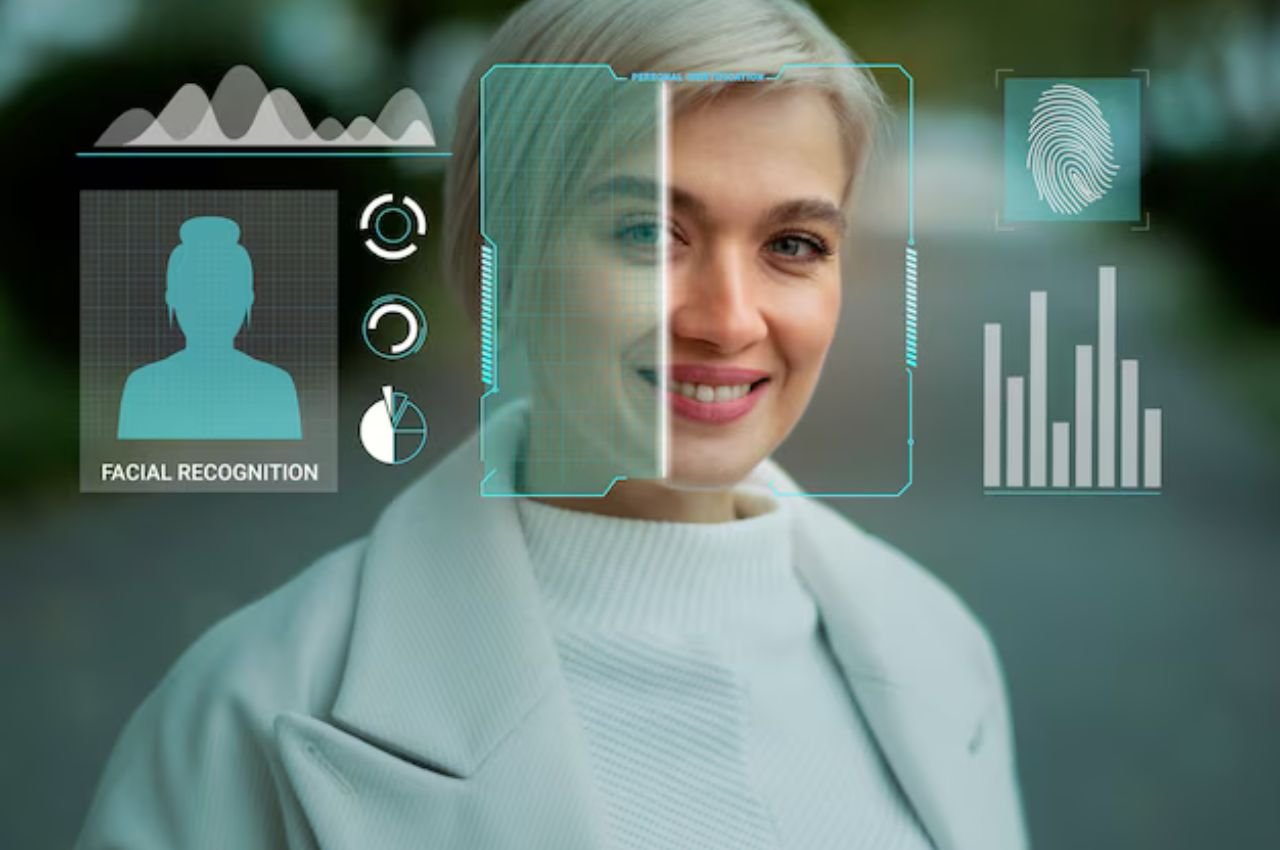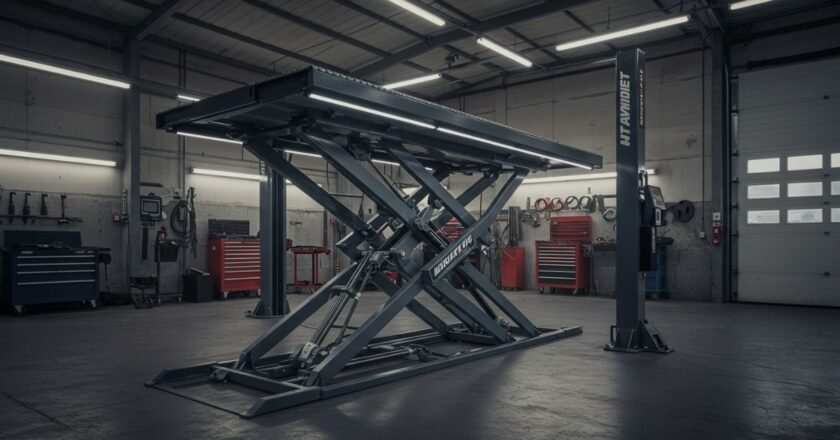Therefore, facial recognition systems emerge at a time when boom development is noticed; they are of great repute in the security, identification, and personalization field. This technology is advanced biometrics where using prominent facial features will identify or authenticate an individual. With increased usage, accuracy has now become of high importance to the users as well as to the developers themselves.
Introduction to Facial Recognition Technology
A Facial Recognition System is advanced biometric technology scanning and matching the features of an individual’s face in comparison to a store of known faces. Over time, it has become much more sophisticated than when it was first developed. Nowadays, it forms an integral part of any field, whether it be law enforcement, banking, retail, or personal security. Accuracy still depends on factors despite wide usage.
What is a Facial Recognition System?
At its core, a facial recognition system identifies or verifies individuals based on their facial features. The system works by capturing an image of a person’s face and comparing it to a database of stored images to identify the individual. These systems use advanced algorithms to analyze key features such as the distance between the eyes, the shape of the jawline, and the structure of the nose, converting this data into a unique biometric template.
While some systems are designed essentially for the identification-extraction of a person from a massive database, others are built essentially for verification authentication of a person claiming to be somebody. Much rides on the underlying technology, quality of the database, and conditions at the time of capture for these systems to be accurate.
Understanding Facial Recognition Systems Correctly
The former is the term for the ability of a facial recognition system to correctly identify and/or verify a person when measuring accuracy. Accuracy can be measured in several ways. False positive rate (FPR): (incorrectly matching someone to the database)
False negative rate (FNR): (failure of the system to recognize a face it has in the database).
True Positive Rate (TPR): The system correctly identifies the person.
True Negative Rate (TNR): The system correctly shows that the person is not in the database.
Generally, facial recognition systems perform very well in terms of accuracy, but this again depends on so many factors including the quality of the photograph, the angle of the face in question, lighting, age, gender, and ethnicity.
Factors That Have an Impact on Facial Recognition Accuracy
Many factors go into determining the accuracy of Facial Recognition Technology, making it imperative to consider specific challenges:
Lighting Conditions: Poor lighting can hinder a system’s capability to identify faces. Shadows, glare, or low-light environments distort key features from the face, causing individuals to be inaccurately identified or verified.
Face Orientation and Angle: Most facial recognition systems work well when the face is directly in front of the camera. Angular or slant faces are difficult to recognize, primarily with two-dimensional image systems.
Aging and Changes to Their Appearance: The system may make a mistake on match due to changes to appearance because of aging, changes to hairstyle, and so forth, or even fluctuations in weight.
Environmental Factors: Background noise, clutter or other distractions in the environment can degrade system accuracy, hence making it difficult to distinguish the face from its surroundings.
Types of Facial Recognition Systems
There are various types of biometric facial recognition systems for different applications:
2D Recognition: Traditional systems that consider facial features in a 2D image. They are more susceptible to varying lighting and angle of the face.
3D Identification: The systems map the structure in three-dimensional space, providing a highly accurate and more robust solution for varied lighting and angles.
Thermal Identification: This technology uses thermal cameras to identify heat patterns on the face. It would be useful in low-light conditions for identifying people from a far distance.
Multimodal Systems: These systems use facial recognition with other biometric methods, such as fingerprint scanning or iris scanning, to achieve greater accuracy and efficiency.
Challenges in Achieving High Accuracy
Despite all these developments, the biometrics of facial recognition systems still cannot achieve 100% accuracy.
Face diversity: The given performance is sure to vary due to demographics. At numerous times, some systems, which have been used sometimes, have reflected bias with facial recognition on certain groups of people and caused matters of fairness and biases.
Data Quality: Good quality training data is another parameter that strengthens the accuracy of the face recognition system. The possibility of low diversity in a training dataset would weaken the performance of the system during real applications where the individual may not necessarily have characteristics like those considered while creating the training set.
Real-time Recognition: Sometimes real-time facial recognition fails to deliver the results in due time and accurately. It is mostly true when this happens in terms of high-speed surveillance or big crowds.
Evaluating the Performance of Facial Recognition Algorithms
Usually, software for Facial Recognition Systems Biometrics is evaluated using benchmarking and testing methods common among developers. Most probably one of the most recognized standards is the Face Recognition Vendor Test, FRVT, which tests the performance of facial recognition algorithms over a range of conditions. These tests help companies to prove their technology in real-world applications.
Impact of Lighting and Environment on Accuracy
As discussed earlier, the environment greatly plays a role on the performance in facial recognition. As an example, if a poor lighting condition exists so that some of the facial parts’ key features can’t be extracted, it will not work efficiently by the systems and result in lower accuracy.
The advanced automated facial recognition thus aims at rectifying the supposed shortcomings of using adaptive algorithms, which can change their properties depending on the change in lighting, angle, or environment.
Conclusion
Optimal Accuracy in Facial Recognition Systems
Reaching absolute accuracy within a facial recognition system calls for the variable of performance to be grasped. As technology proceeds, so will the systems increasingly become vital in all of our lives.
How to Choose Right Accuracy-Facial Recognition System
In this, all aspects of use need to be included in choosing a biometric facial recognition system, from the amount of accuracy it needs based on its application, the quality of its database, and its capabilities to work against every environmental factor present while equally distributing results through all groups of demographics. With this, organizations can ensure deploying the most accurate solution based on what they have required.

Zoe Rae is a dynamic writer at SpinUpBusiness.com, where she covers a broad range of topics from business strategies to lifestyle, technology, and more. With a keen eye for detail and a passion for making complex ideas simple, Zoe crafts content that informs, engages, and inspires her readers.



